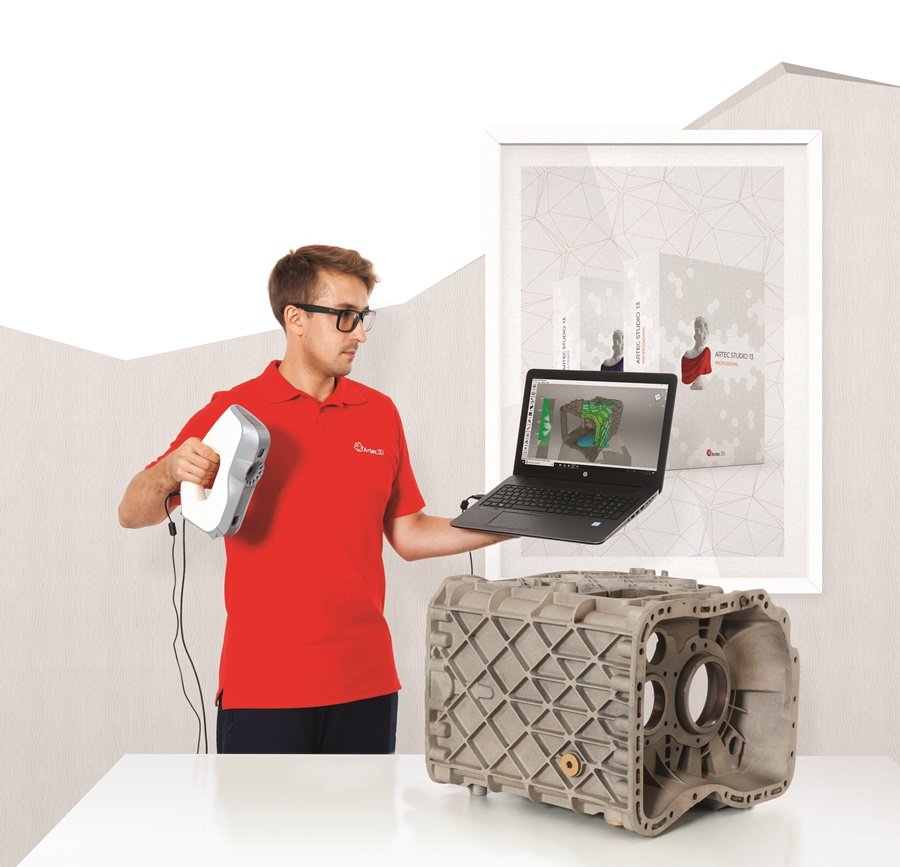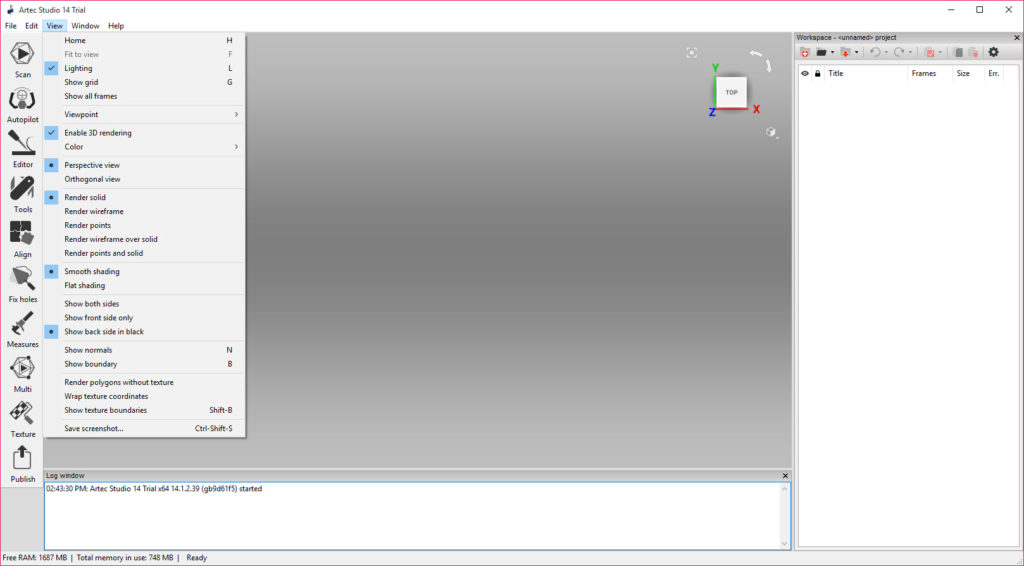

All that's needed to complete the experience would be haptic feedback to let you feel the interaction of the brush and the paper texture. There's no perceptible parallax, the offset between the pen tip and the cursor display, and most of the time there's no noticeable lag. Though there currently aren't any applications that can take advantage of the increased range of pressure sensitivity (it usually takes a little time for them to catch up), you can feel how smooth the higher sample rate makes it feel, and there's the exactly right amount of friction between the nib and the screen. Though I have a few quibbles with it, overall the MSP is terrific.

It requires two ports on your system, USB-A and DisplayPort, which the adapter funnels into a single USB-C connection. To take advantage of the tablet as a pen tablet/touch display, one of the capabilities that makes it worth the price premium, you also need to spring for the $70 Wacom Link adapter ( £60, AU$99). The RealSense 3D camera sits at the top of the back, above the slots where the extra-cost stand latches in. If the camera/webcam weren't on the side (in landscape mode), that would be a little less irksome. (I don't see it for the UK or Australia, but the price converts to about £79 and AU$132.) I do know it's only a three-position stand, which isn't as nice as one with continuous tilt options, and it doesn't look like it supports portrait orientation.

As I write the $100 stand isn't yet available, so I didn't get a chance to test it. What does is Wacom's failure to include a stand with them and frankly, the design should have incorporated a kickstand. But given how much the MobileStudio does and how sturdy it feels, the prices don't seem too out of line. While the MSP 13 is a reasonably light 2.9 pounds/1,320 g, the MSP 16 weighs a not-insubstantial 5 pounds/2,202 g. The top configurations in both sizes incorporate Intel RealSense R200 3D cameras. All the 13-inchers use the integrated Intel Iris Graphics 550 GPU driving a WQHD (2,560x1,440-pixel resolution) screen, while the bigger tablets use discrete Nvidia Quadro workstation-class GPUs (M600M for the Core i5, M1000M for the Core i7) with 4K UHD (3,840x2,160) displays.


 0 kommentar(er)
0 kommentar(er)
